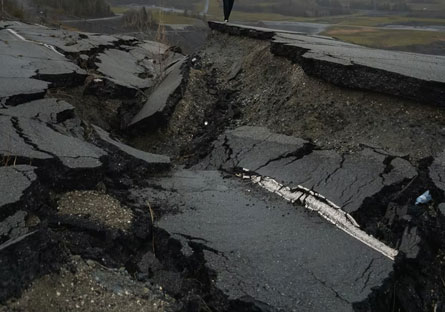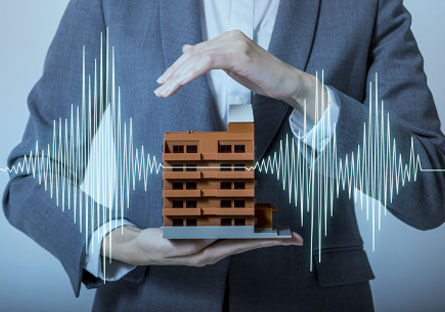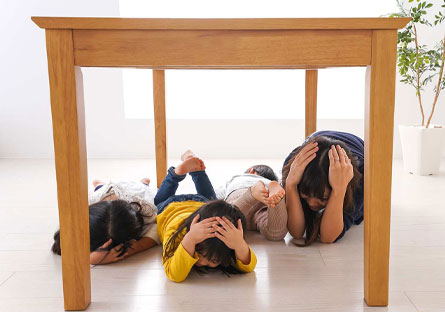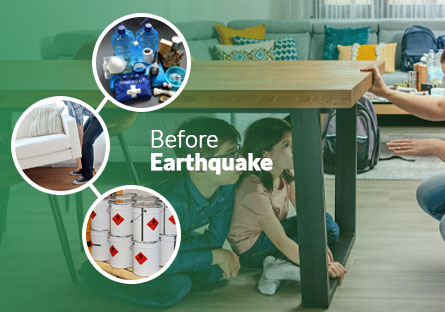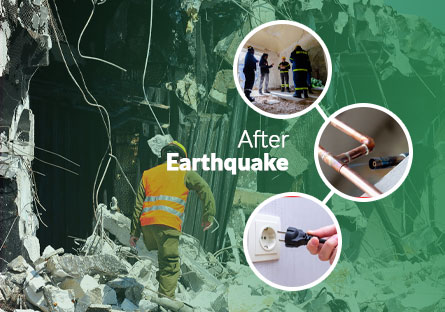Earthquake Safety Tips: Before During and After the Event
An earthquake happens when a sudden slip on a fault also known as a tectonic plate. When the stress on the edge overcomes the friction is called an earthquake. An earthquake releases energy in waves that travel through the earth's crust and cause the shaking that we feel is known as an earthquake.
When an Earthquake hits, a building can collapse and take lots of life inside the buildings. Earthquakes do not create damage, the collapse of buildings with people inside them creates damage. So, making an earthquake-proof building is a must.

